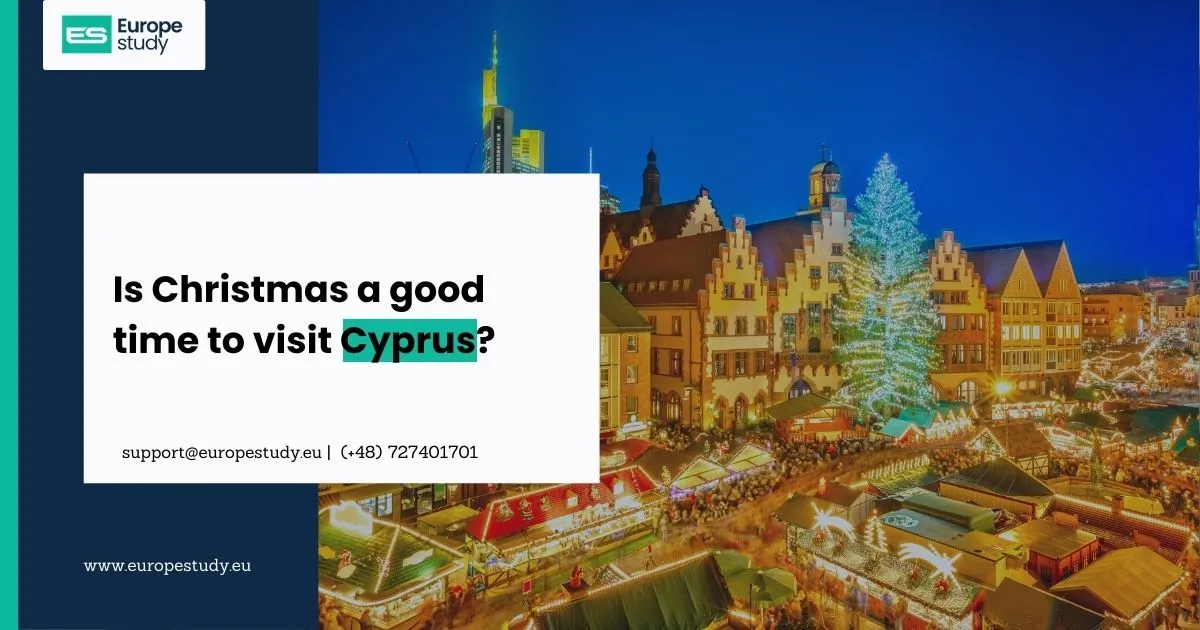
Poland's Independence Day: 11 November
Poland’s Independence Day, known as Narodowe Święto Niepodległości, is celebrated annually on November 11th, marking a defining moment in Polish history. This national holiday commemorates Poland's regaining of sovereignty in 1918 after 123 years of partition and foreign rule under the German, Austro-Hungarian, and Russian Empires.
A Nation’s Return to the World Map
Poland’s road to independence is a story of resilience against seemingly insurmountable odds. In 1772, Poland was divided among three powerful neighbours: Russia, Prussia, and Austria. Over the course of several partitions, Poland was gradually erased from the world map. However, Polish people never relinquished their hope for freedom. Through relentless resistance and enduring spirit, Poles fought for their right to exist as a sovereign nation, which they finally achieved in the aftermath of World War I.
On November 11, 1918, as the war ended, Poland’s path to self-governance was realized with the appointment of Józef Piłsudski, a revered military leader, as Commander-In-Chief. Piłsudski's leadership became instrumental in establishing a new government for Poland, and November 11th soon became a powerful symbol of the country’s freedom and unity. However, it wasn’t until 1937 that this date was officially designated as Poland's Independence Day. Remarkably, only two Independence Day celebrations took place before the onset of World War II.
The Struggle for Cultural Expression
With the Nazi occupation of Poland beginning in 1939, displays of Polish culture and patriotism were strictly forbidden. During this period, along with the subsequent years of Soviet dominance, Polish Independence Day could not be publicly observed. Only after the fall of communism in 1989 did Poles once again reclaim their right to celebrate this day of freedom.
Celebrating Independence Day in Modern Poland
Today, Poland’s Independence Day is marked by solemn and celebratory events, primarily cantered in Warsaw at Pilsudski Square. Here, by the Tomb of the Unknown Soldier, Polish citizens and leaders pay tribute to the sacrifices made by generations before them. The televised event in Warsaw sees the President of Poland joined by the Prime Minister and other political figures in honoring the country’s history and resilience. A military parade featuring Poland’s Armed Forces also plays a central role in the celebration, which emphasizes reflection on the nation’s past hardships as well as its achievements.
Across Poland, cities and towns display the national flag and host parades, political speeches, and cultural events. Perhaps one of the most distinctive celebrations is the Warsaw Independence Run. In a powerful show of unity, participants line up to form a massive display of the Polish flag before setting off on the race, underscoring the spirit of endurance and solidarity that defines Poland’s national identity.
Polish Independence Day remains a reminder of a long-fought battle for freedom, celebrated in ways that honour both the joy of independence and the solemnity of its cost. This day is a tribute to Poland’s undying spirit, one that has been preserved through generations and proudly carried into the present.





